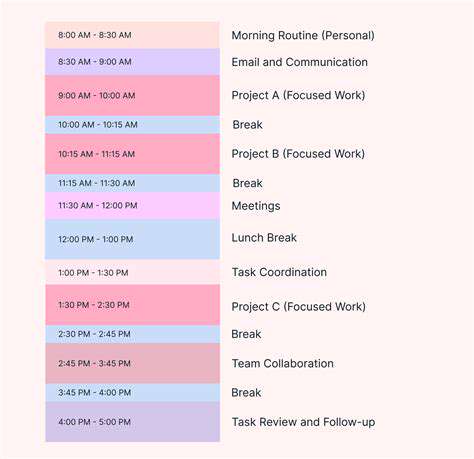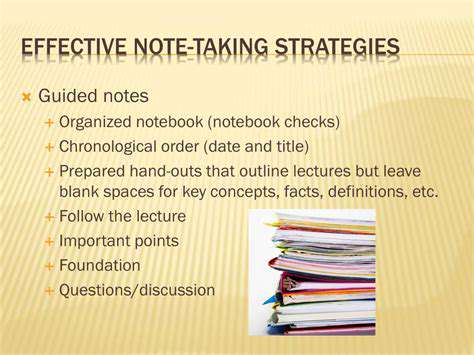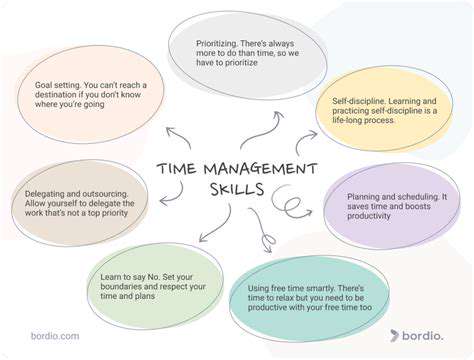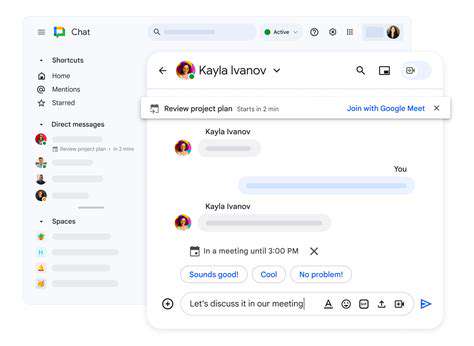Best Practices for Remote Team Communication
Work With How Your Team Communicates
Some people think best out loud in meetings. Others need time to process ideas alone before responding. The secret to great remote communication is honoring these differences. For your quick-thinking team members, keep Slack channels active. For your deep thinkers, use email or shared documents where they can reflect before responding.
Try this: at your next one-on-one, ask each teammate How do you prefer to receive important information? You'll likely get very different answers. One person might want a bullet-point summary. Another might need a full backstory to understand context. Meeting people where they are makes all the difference.
Tech Should Help, Not Hinder
The right technology disappears into the background of good work. When tools feel intuitive rather than frustrating, collaboration happens naturally. Look for platforms that connect with each other automatically. For example, choose a project tool that shows Slack messages right on task cards, or a calendar that pulls deadlines from your task manager.
Here's a game-changer: set up a single source of truth document that links to all your team's tools and explains when to use each one. Include screenshots showing exactly where to find important features. This prevents the I didn't know we could do that! moments that plague remote teams.
Prioritizing Regular Check-ins and Team Meetings

Why Consistent Check-ins Matter
Regular team syncs act like guardrails, keeping projects from veering off course. These brief touchpoints surface small issues before they become big problems. Think of them like changing your car's oil - skip it too often and you'll pay later.
The psychological benefit is just as important as the practical one. When people know they'll have dedicated time to voice concerns, they worry less between meetings. This creates a rhythm where stress doesn't build up unnoticed.
Making Check-ins Actually Useful
Bad meetings drain energy. Good meetings create it. The difference comes down to preparation and focus. Always send an agenda beforehand with three clear questions: What's working? What's stuck? What help do you need? This structure keeps conversations productive.
Here's a counterintuitive tip: make some check-ins optional. When people choose to attend rather than feel forced, engagement skyrockets. Track what gets discussed in optional vs required meetings - you might be surprised at which produces better solutions.
Creating Space for Real Talk
The most valuable check-ins happen when people feel safe to say I don't know or I need help. Leaders set this tone by going first with their own vulnerabilities. Try opening with Here's where I'm struggling... and watch how it changes the dynamic.
One technique: dedicate the last five minutes of each check-in to What aren't we talking about that we should be? This simple question surfaces elephants in the room that everyone sees but no one mentions.
Tracking What Actually Matters
Metrics matter, but not all metrics. Focus on leading indicators (behaviors that drive results) rather than lagging indicators (outcomes). For example, track how often blockers get raised in meetings rather than just project completion dates.
Try visualizing progress in ways beyond spreadsheets. A simple confidence thermometer where team members rate how they feel about a project's health often reveals more than any Gantt chart.
Conversations That Spark Ideas
The best check-ins feel like brainstorming sessions where solutions emerge naturally. This happens when you focus less on status updates and more on How might we... questions. Frame challenges as opportunities and watch creativity flow.
Here's a trick: have team members share one small win since the last meeting before diving into problems. This positive start puts everyone in a solution-oriented mindset.
Structured Flexibility Wins
Rigid agendas kill energy. Complete free-for-alls waste time. The sweet spot lies in prepared spontaneity. Come with key topics, but leave room for tangents that matter. Some of the best ideas emerge from what seems like going off-track.
Try alternating between deep dive and lightning round meeting formats. Some weeks need detailed discussion. Others just need quick alignment. Matching format to need keeps engagement high.
Enhancing Transparency and Open Communication
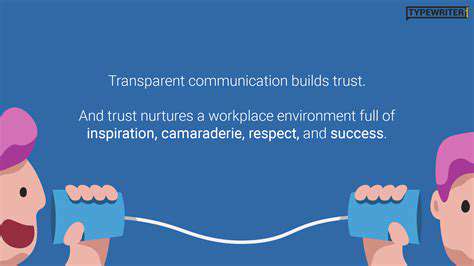
The Power of Radical Transparency
When information flows freely, teams move faster and smarter. Transparency isn't about sharing everything - it's about sharing the right things at the right time. This means explaining the why behind decisions, not just the what.
Here's a simple rule: if multiple people have asked the same question, the answer belongs in a public channel, not DMs. This prevents information silos where only some people have context.
Information That Finds Its People
Good information flow works like city traffic - it needs clear lanes and rules. Create obvious information highways for critical updates, like a dedicated announcements channel that everyone must check daily.
Try color-coding information by urgency. Red tags for act now items, yellow for review when you can, green for FYI. This visual system helps people prioritize attention without feeling overwhelmed.
Accountability Builds Trust
When people own their commitments publicly, amazing things happen. Try making task assignments visible to the whole team, not just buried in tools. Public accountability isn't about shame - it's about support and clarity.
Here's a powerful practice: end meetings by having each person state their next steps aloud. The simple act of verbalizing commitments dramatically increases follow-through.
Feedback as a Growth Engine
The best teams don't just give feedback - they teach everyone how to receive it well. Normalize asking How could I have handled that better? after key interactions. This flips feedback from criticism to growth opportunity.
Try feedback trios where three team members take turns giving each other constructive input. The structure removes sting and makes improvement feel collaborative rather than punitive.
Promoting Active Listening and Feedback Mechanisms

The Lost Art of Listening
Real listening means silencing your inner monologue. Most people listen to respond rather than to understand. Break this habit by practicing echoing - repeating back what you heard in your own words before adding your thoughts.
Here's a telling test: after conversations, notice whether you remember more about what you said or what the other person shared. If it's mostly your own words, your listening needs work.
Why Listening Pays Off
Teams that master listening solve problems faster. They spend less time rehashing misunderstandings and more time making progress. The time wasted listening deeply gets repaid tenfold in aligned action.
Track how often meetings end with Wait, I thought we decided... moments. These are expensive listening failures that indicate where to improve.
Practical Listening Upgrades
Turn off self-view in video calls. When you're not distracted by your own image, you focus better on others. Take notes by hand rather than typing - the slower pace forces better processing.
Try the 3-second rule - pause for three full seconds after someone finishes speaking before responding. This feels awkward at first but prevents interrupting and shows respect.
Listening With Your Whole Self
Great listeners notice what isn't said. Pay attention to tone shifts, pauses, and body language. These often reveal more than words alone. When something feels off, gently probe with You seem hesitant about that...
Practice listening bingo in your next meeting - create a mental checklist of verbal and nonverbal cues to notice. This game-like approach sharpens observation skills.
Breaking Listening Barriers
Our brains filter information based on expectations. Combat this by starting each conversation assuming you'll learn something surprising. This mindset opens you to what's actually being said rather than what you expect to hear.
When you catch yourself planning your response while someone talks, mentally say Delete and refocus. This simple interruption resets your attention.
The Listening-Fee Paradox
Interesting research shows people value what they pay for. Consider charging a small internal fee for important feedback sessions - even if it's just donating to a team coffee fund. The act of paying increases engagement on both sides.
Try this experiment: have team members invest pretend currency in meetings by allocating it to ideas they believe in most. This gamification surfaces true priorities through active listening.
